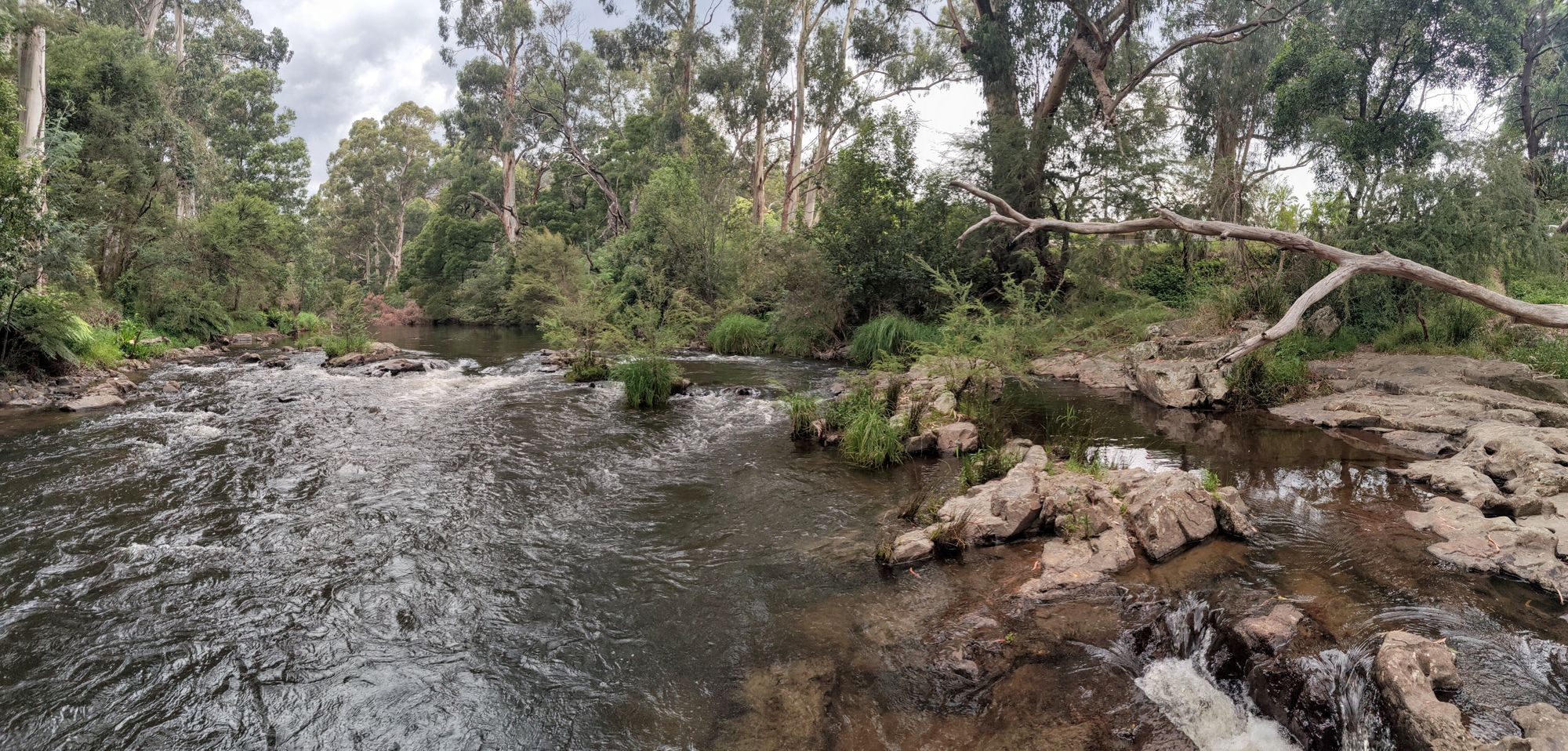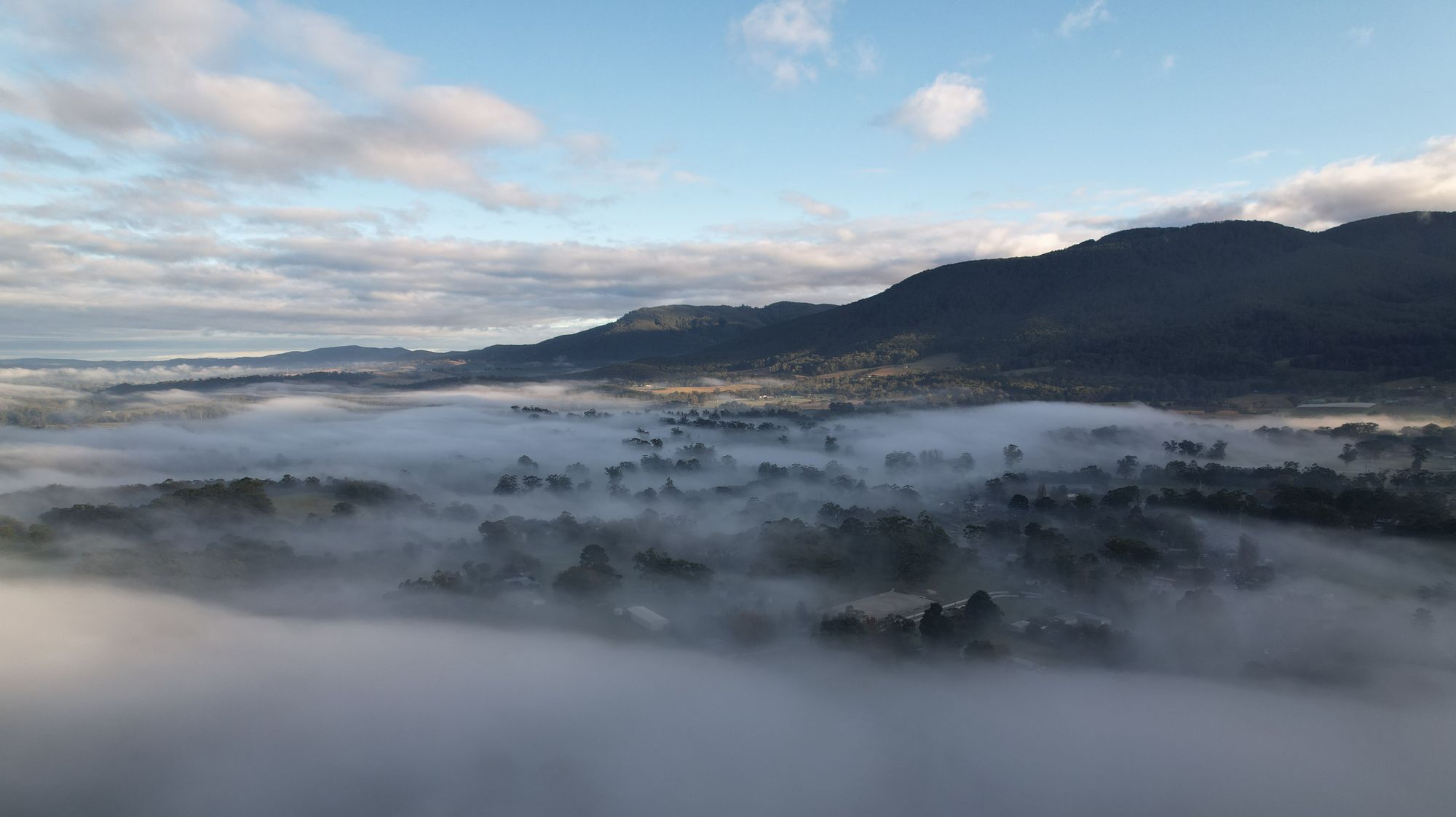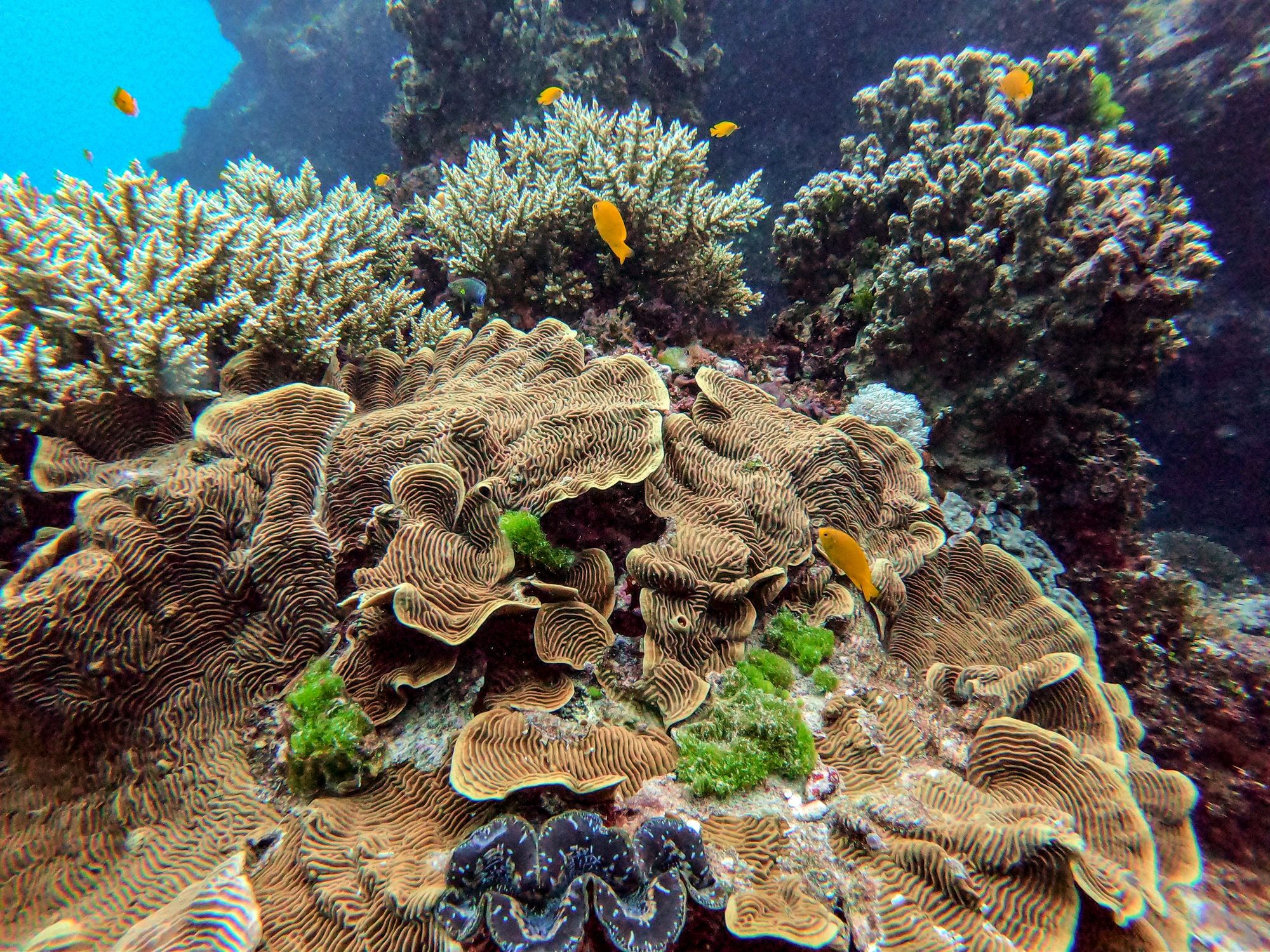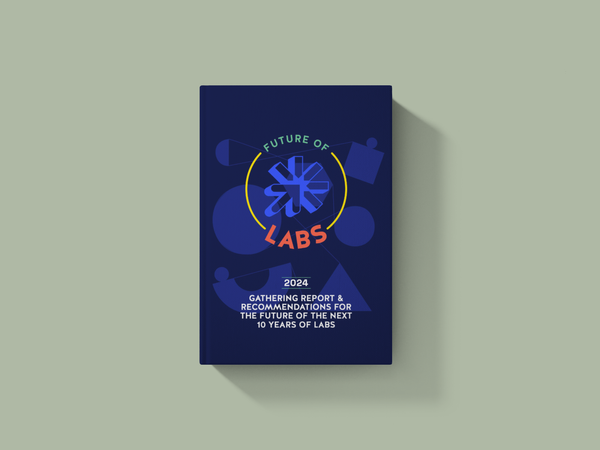Metaphors of Change
Exploring different metaphors for change to support individuals and teams to better navigate organisational transformation.

Recently it's been hard to find the headspace to write as often and as exploratively as I used to. But then, between a pandemic and an organisational transformation, sometimes that's just the way things go.
I mention the organisational transformation as that's the water I've been swimming in for a year now, with Conservation Volunteers Australia (CVA). At the turn of the financial year in 2020, mid-pandemic, facing uncertainty and volatility in how we would be able to deliver our core activities - we began the work of transforming CVA from a nationwide provider of volunteering opportunities in the environmental field, to an organisation building a movement to enable all Australians to take action for nature.
We're not shying away from the scale of the problem either. We're aiming to support 1 million people to take action in the next 5 years - I don't mean a pledge or a petition - actual tangible action to make things better. It's no small task, and of course a change this significant requires a lot of creativity, collaboration and grunt work to make it happen inside the organisation.
So, as I was sitting by the river the other day, trying to make sense of the complexity, get some perspective, and seek the wisdom of the world around me, I started to coalesce around some ideas for this post. I've long been fascinated by the metaphors we use to understand the challenges we face, encourage transition to new states, and lately I've also been reading 'Metaphors We Live By' (Lakoff & Johnson, 2003) which has expanded my own understanding of these linguistic tropes.
As I interpret it, Lakoff & Johnson effectively argue that metaphor is the modifying factor which allows us to take one lesson in life and apply it to countless other situations. When people speak of 'mental models' - metaphor is the visual and spoken language that anchors this - we think this way before we understand the literal world. In this vein, I started wondering what my own metaphor was for the transformation we were undertaking at CVA, and how playing with or fundamentally changing my metaphor may make things different - perhaps easier somehow.
All too easily I found myself slipping into the metaphor of 'struggle' or 'battle', and I know that is going to set us on a path which isn't going to create the kind of organisation or mahi that I would be proud of. So here's to flipping the script to something with a bit more potential.

Metaphor 1: The Rapids
What if the way we thought about organisational change was more like a river?
As the water flows down a river, it varies in depths - sometimes it's calm and reflective over deep pools, other times it's fast and shallow, forming rapids. These rapids are interesting - dynamic, ever changing, sometimes predicatable and other times not. Sometimes at the edges of the river, or around rocks, little eddy currents form where the currents flow backwards before rejoining the main channels.
Instead of, when things feel hard, what if we thought of and spoke about our work as 'in an eddy' rather than saying things are like 'pushing a rock up a hill' or 'fighting a losing battle'?
This metaphor probably sits in the universal grouping of 'change as a journey', however moving to using the river gives us a lot of scope for recognising the complexity and dynamism of the process. We'd need to be careful, as with all metaphors, to address peoples' wide range of experiences with rivers and rapids - such as using an image, or visiting a locale to form a collective understanding.

Metaphor 2: The Foggy Landscape
I've used this metaphor a lot when I talk about how it feels to work on complex challenges as it can sometimes feel really hard to know which way is forward when things get intertangled.
I like the idea of foggy landscapes because it feels temporary. The idea is that the landscape is there - you just can't see it very well. But in time, whether that's by doing something and gaining another perspective - or by staying still long enough for the questions to be answered, and the fog to lift.
It draws us into the enquiry of 'what is this fog/uncertainty made of?', or 'what can we do to get a different view?'. It invites some form of introspection, as well as a collective agreement not to all wander off in different directions and get lost. The other thing it may draw us into, is the idea that maybe it's our role to 'uncover' what's under the fog by designing it, researching it, or remembering it.
How might we act differently in organisational work if we used this metaphor? We would likely be able to unite around the common experience that others are also 'in the fog', and that it's a collective effort to decide we need to change the situation. Perhaps it lacks the scope of the Rapids metaphor, but it depends how it's used I guess.

Metaphor 3: Building The Reef
Perhaps we need another metaphor which is altogether more constructive (I can only apologise for any puns in this post).
Transformation doesn't really mean much. I often find myself talking about us working together to build a new organisation - to me that means we're taking what's still useful, and rebuilding everything else to be fit for purpose for our new direction.
But what if we thought of "the organisation" as a physical structure like a reef? There's many types of Reef, but coral is interesting because they're actually a collaborative effort between polyps and microscopic algae called zooxanthellae. The polyps offer the algae shelter while the zooxanthellae create energy—through photosynthesis—that the corals use as food. Other types of animals and plants also contribute to the structure of coral reefs too.
The metaphor of a collaborative reef building project has the potential to hold space for the diversity of people, skills and abilities of all the people who have to draw together, whilst also recognising both the order and complexity in the process. In some cases there's no "right" way to evolve an organisation (much like a reef), but there are some core structures and processes which need to happen to enable life to thrive.
Wrap Up
Exploring different metaphors can help free us from patterns of thinking and behaviour which aren't serving us individually or as a collective.
It's really important to be aware of the existing metaphors which people are using to explain their current experience, as this uncovers the true culture, and offers opportunities to change, adapt or augment the existing narrative.
Collective processes are crucial for re-aligning around new metaphors, and I find it's important to have (collectively developed) visual artefacts (such as photos / videos / illustrations etc) which help remind us, as well as new people joining the effort, how we aim to think and act together.
Once a metaphor is embedded as a collectively held story, it's really important to try to align language around that metaphor to continually check in and reinforce it. It's amazing how quickly we can fall back to old patterns of thinking and speaking, but these will cause cognitive dissonance for ourselves and others.
Metaphors are very powerful ways to explore new ways of thinking, and chart a course for better outcomes.





